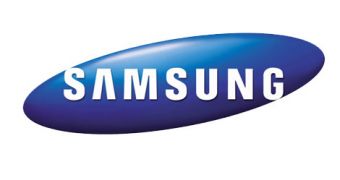Samsung Telecommunications America (Samsung Mobile) announced today at the GSMA Mobile World Congress tradeshow and exhibition in Barcelona, Spain, that it plans to participate in the ng Connect Program. As many of you might already know, the ng Connect Program is a new multi-industry initiative meant to enhance the development of the next-generation broadband services that are based upon Long Term Evolution (LTE), as well as on other high-bandwidth technologies.
The Korean mobile phone maker already has a leading expertise in both the development and in the deployment of personal broadband solutions. Samsung's history in the area includes significant investments in technologies aimed at 4G LTE and Mobile WiMAX networks and devices.
The phone manufacturer also announced plans to work in partnership with Alcatel-Lucent, as well as with other members of the ng Connect Program initiative, so as to provide new and attractive end-to-end home solutions, along with 4G ecosystems.
“Samsung’s strength in communications and consumer electronics positions Samsung as the leader in convergence solutions that will benefit users in home, business, and mobile personal broadband use,” said Tom Jasny, vice president of broadband and network systems for Samsung Mobile. “This initiative is a powerful first step toward improving user experiences in and outside the home or office.”
The ng Connect Program initiative has been formed in 2009, and is sustained by leading industry players, including DK Technologies, Inc., Alcatel-Lucent, Buzznet, Connect2Media, dimedis, FISHLABS, QNX, SIGNEXX, Total Immersion, TuneWiki and Words & Numbers. Samsung has accustomed us with the development of leading products in the wireless market area.
Samsung Electronics is one of the leading industry brands all around the world. The company consists of two main business units: Digital Media & Communications and Device Solutions, and delivers to consumers digital TVs, memory chips, mobile phones and TFT-LCDs.

 14 DAY TRIAL //
14 DAY TRIAL //